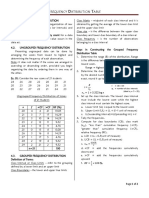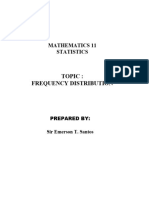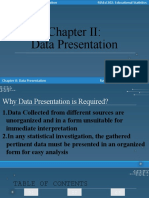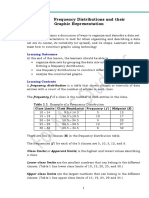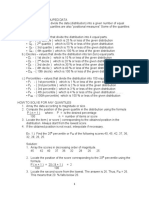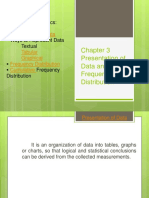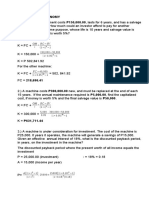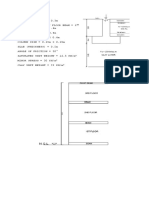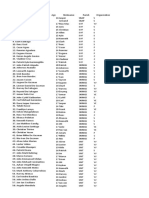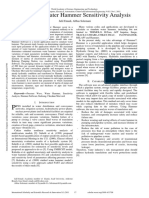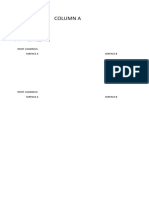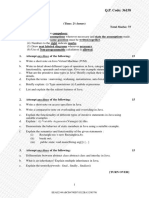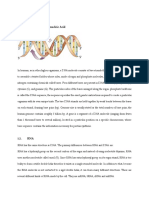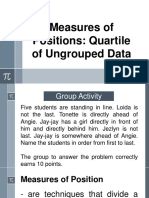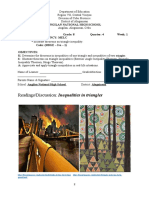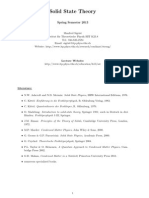0% found this document useful (0 votes)
161 views4 pagesStatistics and Probability
The document provides solutions to statistics problems:
1) Find the mode, median, and mean of a data set. The mode is 7 and 9. The median is 7. The mean is 7.
2) Construct a frequency distribution table for exam scores from 50 students divided into 6 classes ranging from 35-97.
3) Calculate the sample size needed for a random sample of a town of 50,000 people with a 9% margin of error using Sloven's formula. The required sample size is 123.
Uploaded by
Karl Angelo CuellarCopyright
© © All Rights Reserved
We take content rights seriously. If you suspect this is your content, claim it here.
Available Formats
Download as DOCX, PDF, TXT or read online on Scribd
0% found this document useful (0 votes)
161 views4 pagesStatistics and Probability
The document provides solutions to statistics problems:
1) Find the mode, median, and mean of a data set. The mode is 7 and 9. The median is 7. The mean is 7.
2) Construct a frequency distribution table for exam scores from 50 students divided into 6 classes ranging from 35-97.
3) Calculate the sample size needed for a random sample of a town of 50,000 people with a 9% margin of error using Sloven's formula. The required sample size is 123.
Uploaded by
Karl Angelo CuellarCopyright
© © All Rights Reserved
We take content rights seriously. If you suspect this is your content, claim it here.
Available Formats
Download as DOCX, PDF, TXT or read online on Scribd
/ 4


